Was Native American sculpture such as Heiltsuk house posts already influenced by western art in the 19th C.?
By the 19th century, there had been over 100 years of trade between the First Peoples of the Northwest Coast, such as the Heiltsuk, and European traders (Russian and Spanish especially) as well as Euro-Canadian and Euro-American expansionists coming towards the West Coast from further east.
It's hard to say, however, exactly how much particular Western art influence appeared in these specific examples (and the contact between Heiltsuk carvers and Western artists or Western art would have been spotty). We often seen more Western influence coming into objects made for trade and markets, which could reflect the tastes of the market (rather than use and family history/family crests as represented here).
Please tell the curators that the wall copy is excellent.
So clear, respectful of reader and free of art historical jargon.
Absolutely! I would also add that by the end of the 19th century, the collection of Native American sculptures such as this one was starting to influence Western art!
This would have held up a house?

This House Post was carved by a Heiltsuk artist from British Columbia. The two posts you see here, as well as two more in our collection that are not currently on view, would have supported the framework of a cedar house belonging to the Wígvilhba Wákas Chieftainship.
The figures on the House Posts depict the creation story of the Eagle Clan.
Why is there a little kid being held?
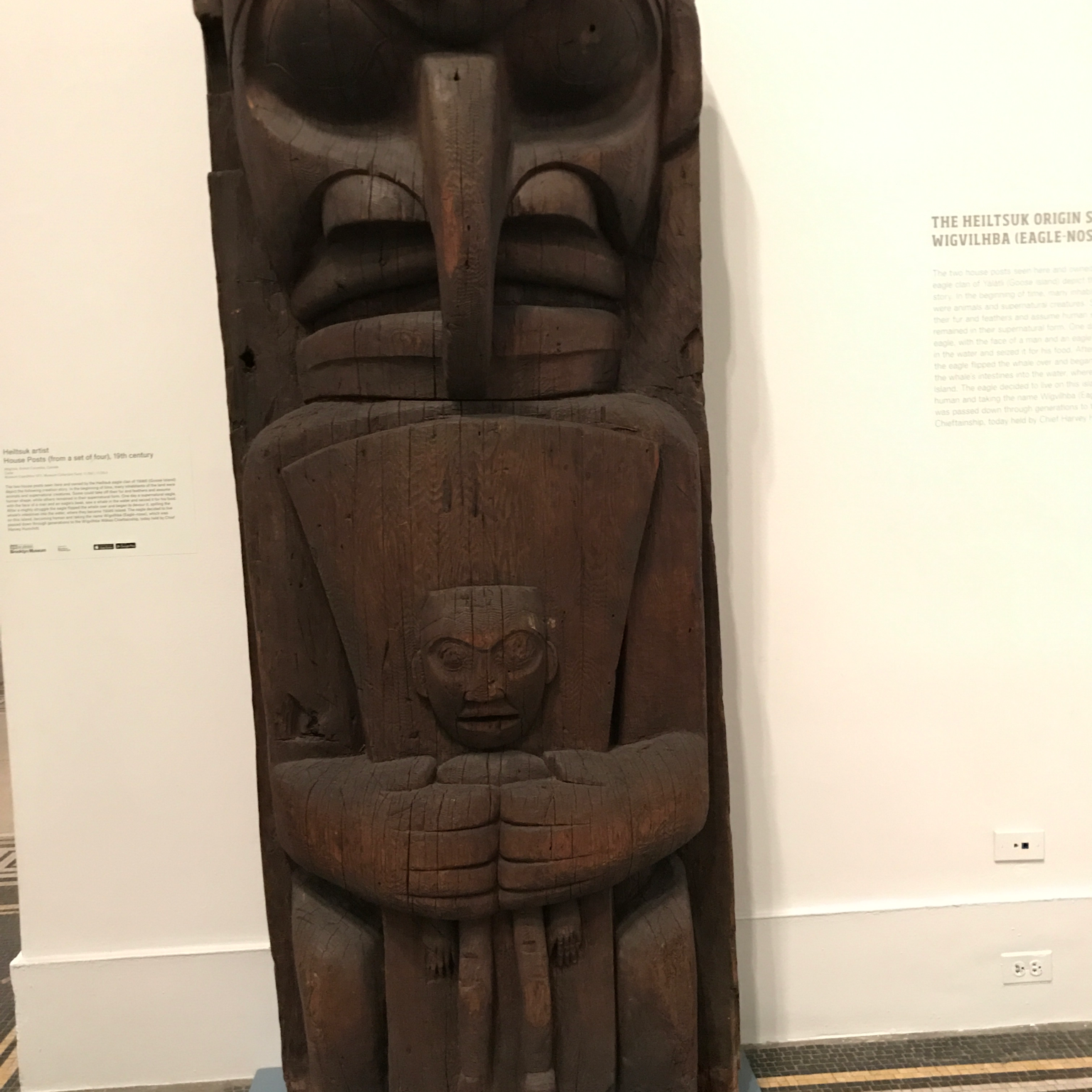
That is actually not a child; it is the artist using scale to show who the important figure in the pole is and to aid in telling the story. They depict the creation story of the Eagle Clan and all four posts show variations of larger figures holding smaller human-like figures.
So the larger figure with the beak nose is the most important figure from the story—representing the supernatural eagle that created Yálátli Island, while the smaller figure may represent the humans who came to live on the island or the chiefs who trace their lineage back to the supernatural eagle.
How do people know about the evolution of Native American Indian belief systems, like with house posts? Are their stories documented in writing and passed down?

Information, such as stories and beliefs, are passed down from generation to generation, usually orally. For many years, the US and Canadian governments did attempt to disrupt Native traditions, but many were able to keep them alive.
Scholars and curators do consult with the nations and tribes to which an object originates. For example, information about what is represented on these house posts comes from the current chief of the clan who created them.
Interesting! Thank you.
You're very welcome! For objects in our Arts of the Americas collection, the curators absolutely make efforts to speak with the living communities about the objects, their history, and how a work is to be treated and discussed, or even if it should be returned.
This totem pole is incredible. Are these particular to the Americas?

This is actually a house post, one of a set of four! They were interior posts used to support roof beams. This style of carving, which is also seen in totem poles, which is also found in totem poles, is common to certain areas of the Americas, yes.
This post comes from the Northwest Coast of the Americas and was made by a Heiltsuk artist. This one in particular comes from a cedar plank house belonging to the Wígvilhba Wákas Chieftainship.
Tell me more.

This house post and the one on view nearby were once part of the structure of a cedar plank house that belonged to the Wígvilhba Wákas Chieftainship in British Columbia. All four of the house posts from the structure are arranged in a similar way, large figures holding smaller ones. Together they reference the creation story of the Eagle Clan. The larger figure with the beak nose is the most important figure from the story—representing the supernatural eagle that created Yálátli (Goose Island), while the smaller figure may represents the humans who came to live on the island or the chiefs who trace their lineage back to the supernatural eagle.
What’s he holding?

The artist is using hierarchical scale to show who the important figure is in the post. This post, its partner on the opposite wall, and two others tell the creation story of the Eagle clan.
If you look at the figure to the left, you'll notice that the larger figure has a beak nose. He represents the supernatural eagle that created Yálátli (Goose Island). The smaller figure may represent the humans who came to live or chiefs who trace their lineage back to the supernatural eagle.







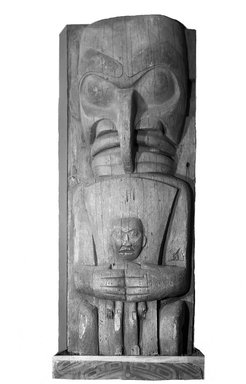









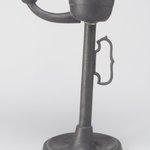


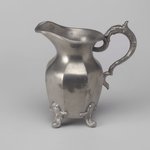





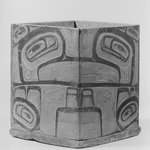







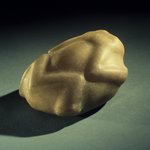




![Kachina Doll (Pakwen [Clown])](https://d1lfxha3ugu3d4.cloudfront.net/images/opencollection/objects/size2_sq/CUR.03.325.4606_front.jpg)












